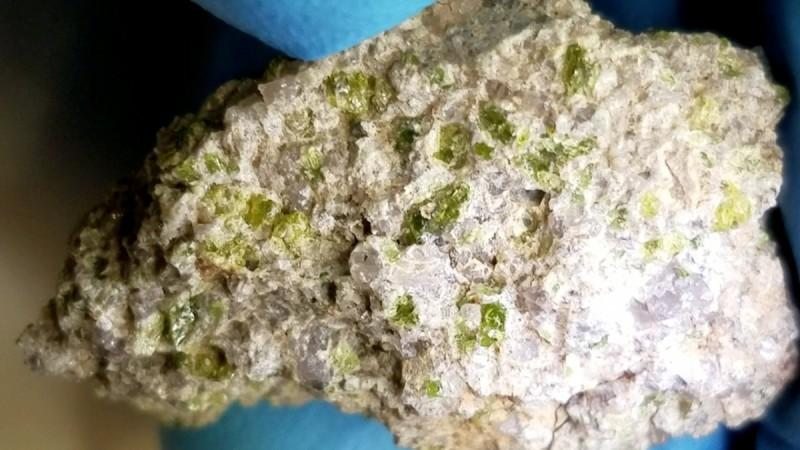
Meteors in the form of igneous rocks much older than Earth reveal what the universe might have been like before the Earth was born, said a research study by an Indian origin researcher. This may lead to further understand our solar system formed.
The Earth is about 4.2 billion years, same age as the Solar System. Popular consensus among astronomers on how the Solar System came to be is that a faraway explosion, or supernova of a massive star led to massive quantities of cosmic dust and material that eventually gave birth to the Sun with swirling clouds of dust and matter forming other planets in our solar system. This was about 4.5 billion years ago. The whole universe, is, however, much older at about 13.8 billion years.
That means there were rocks floating about in space before the Earth was born. One such rock was found recently and researchers are busy studying it to unravel the process behind the origin of the Earth. New research in this direction by Indian-origin scientist Poorna Srinivasan from the University of New Mexico (UNM), Arizona State University and NASA's Johnson Space Center is likely to throw more light on the subject.
"The oxygen isotopes of NWA11119, NWA 7235, and Almahata Sitta are all identical, but this rock – NWA 11119 – stands out as something completely different from any of the over 40,000 meteorites that have been found on Earth," said Srinivasan.
This study provided researchers with direct evidence that silica-rich crustal rocks were forming on planetsimals—small celestial bodies that have the potential to grow into full-sized planets—within the first 10 million years. A report by the UNM may add more undertanding.

"The age of this meteorite is the oldest, igneous meteorite ever recorded," said Professor and Director of the UNM Institute of Meteoritics Carl Agee. "Not only is this just an extremely unusual rock type, it's telling us that not all asteroids look the same." Some asteroids look like the crust of the Earth because they're so light coloured and full of Silicon dioxide.
"These not only exist, but it occurred during one of the very first volcanic events to take place in the solar system," said Agee.
Agee explained that the meteor—Northwest Africa (NWA) 11119—was first found in Mauritania stuck in a sand dune by a nomad. The rock itself was made up of material that was lighter in colour than most meteorites, notes the report. They were also laced with green crystals, cavities and surrounded by quench melt notes the report.
"This research is key to how the building blocks of planets formed early in the solar system," said Agee. Looking at the Solar System today, he went on to explain, "we see fully formed bodies, planets, asteroids, comets and so forth..." The study attempts to explore how these bodies formed.
Lead author Poorna Srinivasan, reportedly went on to probe the rock using an electron microprobe and a CT (computed tomography) scan at UNM and NASA's Johnson Space Center facilities, says the report. While Srinivasan examined the composition and mineralogy of the rock, she started to notice that the NWA 11119 was an unusual light-green fusion crust, and a silica mineral-rich achondrite meteorite.
This information, notes the report could substantially reveal what kind of volcanic rocks existed within the first 3.5 million years of solar system creation.
Srinivasan explains the make up of the rock and its rather unusual mineralogy. One of the main things that was first noticed, she says were the large silica crystals of tridymite which is similar to quartz. Further analyses quantified the tridymite where it was found that amounted to about 30 percent of the total meteorite. This is unheard of in meteorites and these levels are only found in certain volcanic rocks from the Earth, she explained.
However, NWA 11119 is definitely not of Earth, notes the report. Researchers drew this conclusion based on oxygen isotopes found in the rock. It is from somewhere in the solar system, but where exactly is not yet known, said Srinivasan.
However, through the measured isotopic values, they were able to possibly link it to two other unusual meteorites—Northwest Africa 7235 and Almahata Sitta—suggesting that they all are from the same parent body. This parent body could perhaps be a large, geologically complex body that was formed in the early years of the Solar System, notes the report.
The research titled, Silica-rich volcanism in the Early Solar System Dated at 4.565 Ga, was published in the journal Nature Communications.

















